- Home
- slideshows
- miscellaneous
- Fox News and CNN are 2 of America's biggest news sources - but they couldn't be more different. Here's how they've changed in the past decade.
Fox News and CNN are 2 of America's biggest news sources - but they couldn't be more different. Here's how they've changed in the past decade.
CNN specializes in straight news and Fox News in opinion. But the trajectory of these two rivals is intertwined.

CNN began operating in the 1980s, with an aim of "making news the star."

CNN was an institution without overt political bias.
In 1991, it showed what it could do with its singular live coverage of the Gulf War. It reported from within Baghdad after all the other media organizations had left.
Fox News was the newcomer, having launched in 1996.
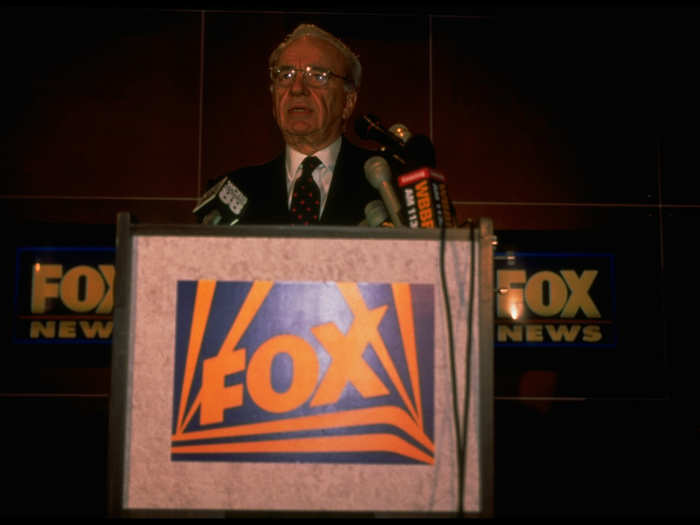
It positioned itself as the network "for the unrepresented, for the outsiders," according to Terry McDermott in the Columbia Journalism Review. McDermott also wrote, "There is a strain of resentment, of put-upon-ness that pervades almost everything Fox puts on the air."
The future of the new network was taken seriously from the beginning. In the early years, it was investing about $80 million annually on operation costs.
But in 2000, it was still operating with such loose production values that one of its reporters was caught picking his nose on camera.
But since 2002, it's been the highest-rated cable news channel in America.
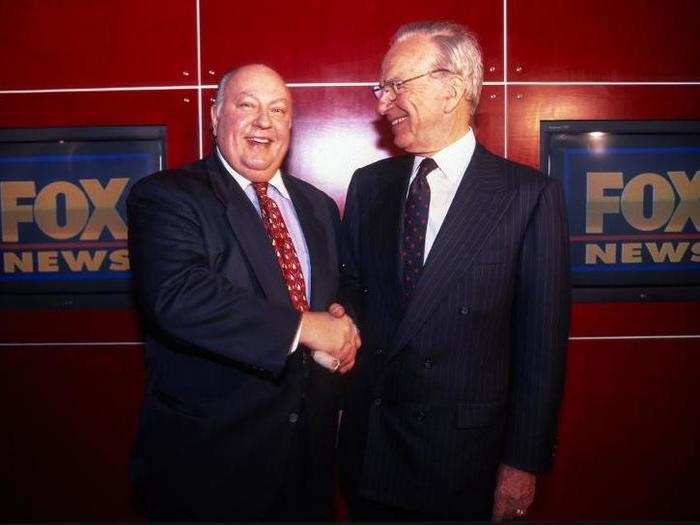
Its rise was due to chief executive Roger Ailes, and his producers, who knew how to develop simple narratives and deliver them effectively.
Its tagline was "Fair & Balanced."
CNN has always had a large editorial staff. In 2010, it had 4,000 employees, the most out of any of its competitors.

That enabled it to cover more original news than Fox.
But its problem — a significant one by 2010 — was that while major breaking news provided ratings boosts, it wasn't enough to keep viewers coming back on a consistent basis.
Fox News was the opposite.

It had about a third as many reporters and editors. And other than an often-overlooked straight-shooting newsroom fronted by Shepherd Smith, its great strength was in opinion journalism.
It was more of a talk-show network than a news network, and it thrived by filling a void of conservative media coverage.
CNN had the ability to be on the ground, reporting. But its commentary felt forced. Its strength was in news.
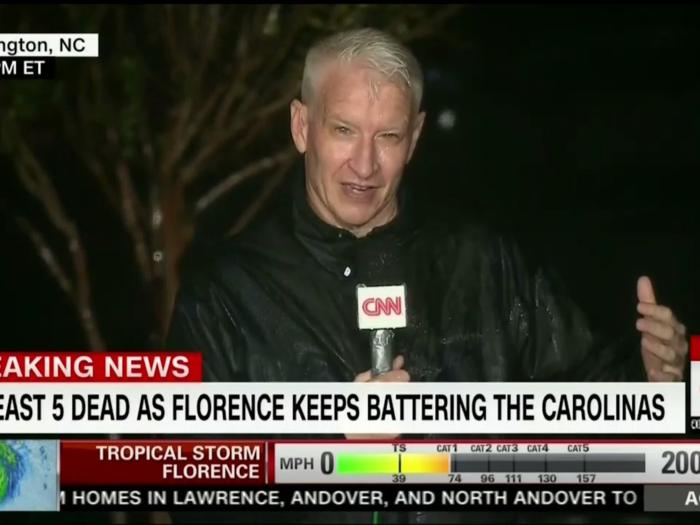
While Fox News's actual reporting, according to Mike Hoyt, a former editor of Columbia Journalism Review, was "a small island in a vast sea of very conservative commentary."

In February 2010, Fox amped up the feud when it lashed out at CNN's claim that said it was the most trusted name in news.

A poll conducted by the independent survey firm Public Policy Polling found Fox News was trusted by more than 50%, while CNN was sitting on 39%.
Fox News ran a full-page ad in The Washington Post and The Wall Street Journal, which said "The Most Trusted Name In News," taunting CNN.
That was CNN's worst month in its recent history.

The network finished well behind Fox News and MSNBC. The slump continued into March. Its anchors weren't doing well. In particular, Larry King, a 25-year stalwart, had lost almost half of his viewers in a year.
He was failing to compete with MSNBC's Rachel Maddow and Fox News' Sean Hannity. But management said nothing would change.
In May 2012, CNN reported its worst ratings in a decade.
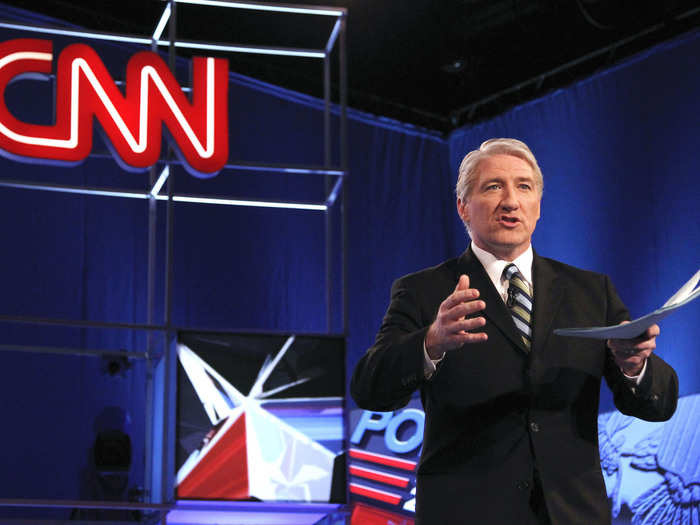
Joe Coscarelli wrote for the New York Magazine, "CNN may have been the original cable network, but it's simply not up to date with a time when news breaks mostly online and talking heads are for reinforcing already ingrained belief systems.
Time Warner chief executive Jeffrey Bewkes finally called for changes. But one unnamed employee, echoing a common sentiment within the company, told The New York Times, "I can't figure out what the master plan is."
CNN's inability to compete was summed up Fox News' Tamara Holder.
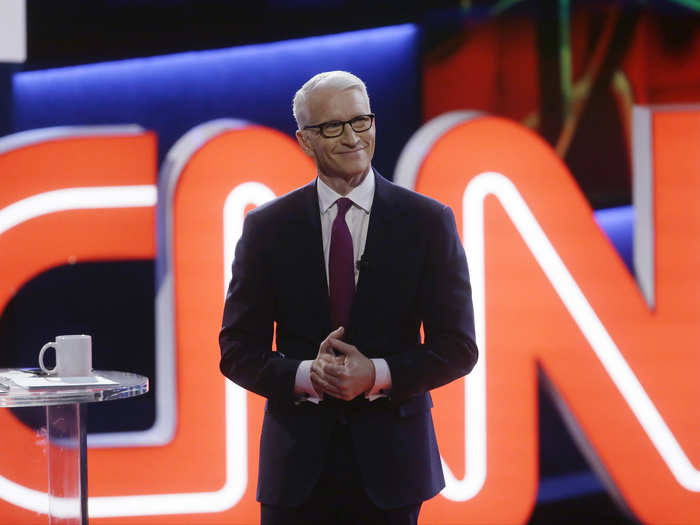
She told the Columbia Journalism Review that while CNN star anchor Anderson Cooper was a good reporter, he was boring.
"Would you watch an old guy talk rationally about a topic? Bet you'd rather watch two hot chicks who are smart and who disagree yell at each other," she said
Holder was referring to a segment fought on Fox News for seven minutes, between liberal journalist Kirsten Powers and anchor Megyn Kelly, over alleged voter intimidation.

It ended up simply being a fight to be heard, not to convince anyone of a point of view. It was also seen as the point where Kelly's career bloomed at Fox News.
In mid-2012, CNN was experiencing one of its worst slumps ever.
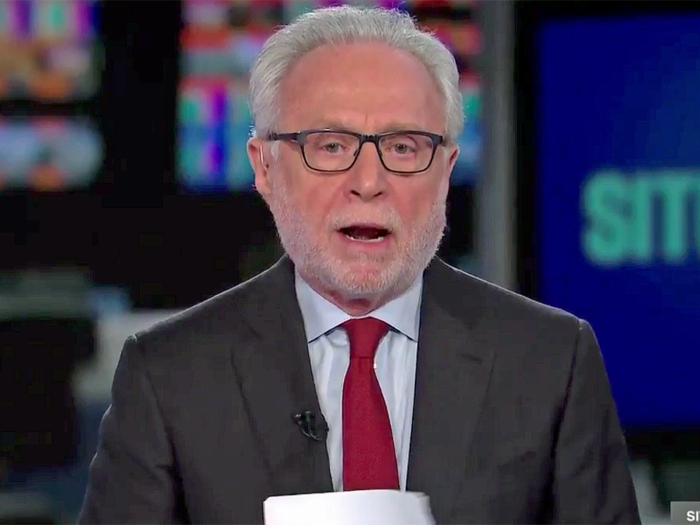
Scott Collins wrote for the Los Angeles Times that the network was in a "seemingly unstoppable downward spiral."
News anchor Wolf Blitzer told Collins he thought people would come back to watch during the presidential election. But it wasn't enough. Although CNN finished 2012 with 670,000 viewers, an increase from its 2010 low of 564,000 viewers, it still wasn't enough.
Fox News continued to rise. It finished 2012 with an average of 2 million prime-time viewers.

In 2008, Former Fox News vice president Bill Shine said that if Barack Obama became president, Fox News would become the voice of the opposition.
And that's the route it took. Barack Obama's reelection and the political climate helped Fox News grow.
In January 2013, the former head of NBC Universal, Jeff Zucker, became president of CNN Worldwide. It's hard to miss the irony.
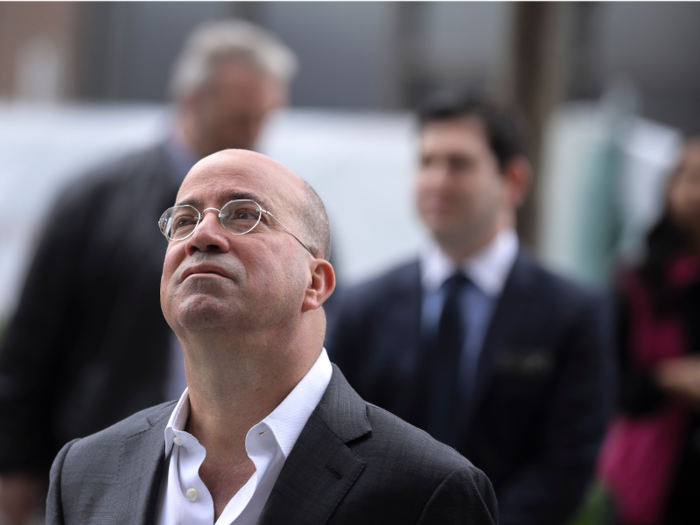
Zucker ran MSNBC, which became something of a left-wing alternative to Fox News's programming, albeit with a much smaller audience.
The polarization was a key reason why CNN, lodged in the middle, was getting drowned out.
But according to Cooper, Zucker was "the first president to actually watch CNN."
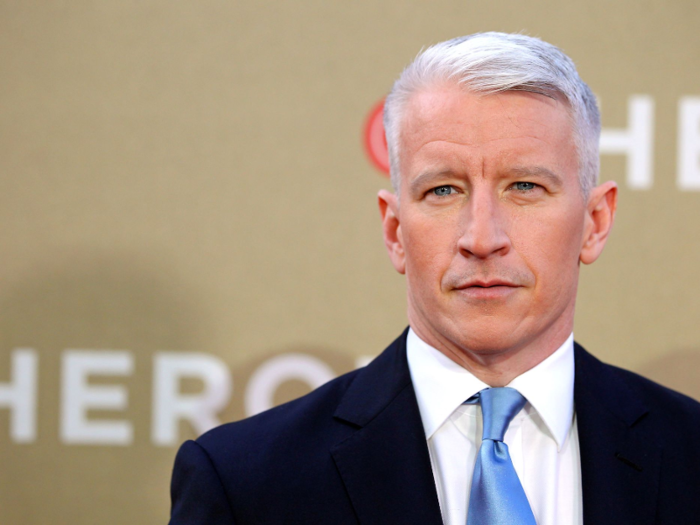
Source: New York Magazine
Zucker wanted to revamp CNN from a tired news station into something entertaining.

He wanted to unshackle the network from "war, famine, pestilence, and politics," then-CNN anchor Piers Morgan told Politico.
He wanted to break up CNN's daytime programming, which ran together as an endless breaking news cycle.
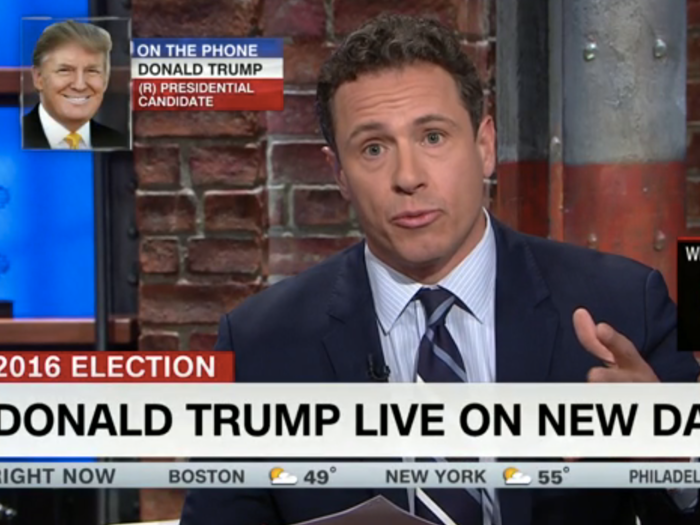
One of his first changes was to cancel a struggling morning show and bringing on Chris Cuomo, a brash young anchor and the younger brother of New York governor's, Andrew Cuomo. He also hired Washington correspondent and anchor Jake Tapper.
It was Zucker who brought back the tagline "this is CNN" as he tried to strengthen the network's identity.

Sources: New York Magazine, AP
He wasn't afraid to break from the brand, either.

Zucker got rid of some of CNN's 9 p.m. talk shows to make space for a series of non-fiction shows. He wanted to replicate the success of a weekly travel program CNN aired, which was hosted by celebrity chef Anthony Bourdain.
Kate Bolden, a CNN host told AP, "There was a real sense of energy when Jeff came in — a new energy, a resurrection."
Things were changing for Fox News in 2013, too.
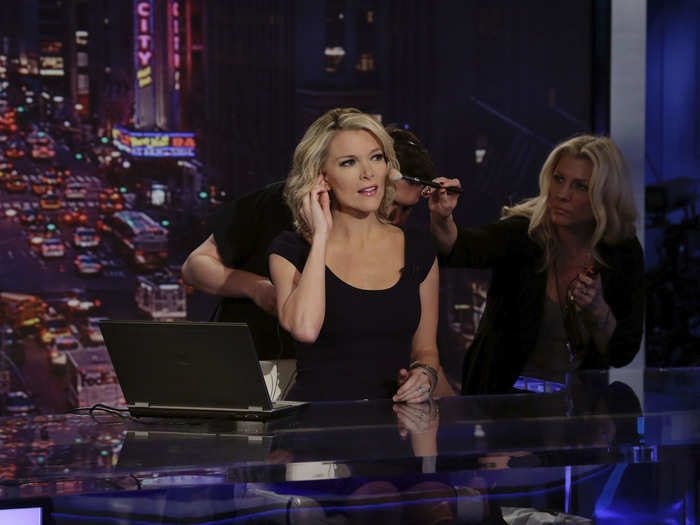
The network had its first lineup overhaul since 2002, beginning with Megyn Kelly debuting her show "The Kelly Files." The changes were seen as Fox News softening its commentary-driven programming. Kelly was put in Sean Hannity's 9 p.m. slot, and Shepherd was brought in to be on call throughout the night.
One of the reasons for this change was that Ailes was concerned about its aging demographic.
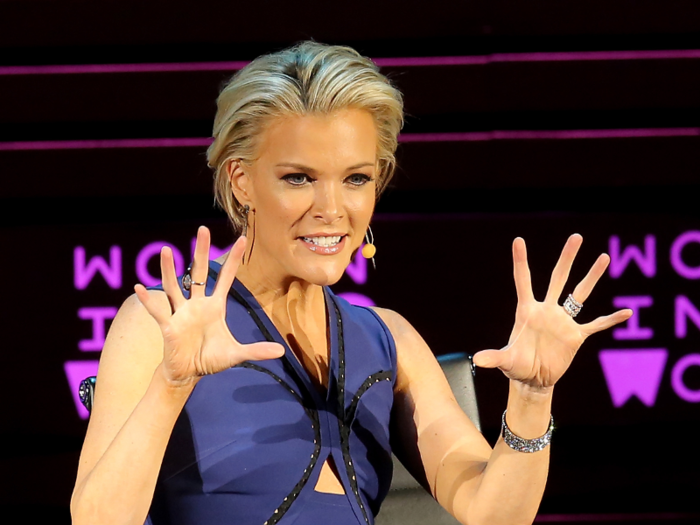
He was banking on Kelly becoming a member of the next generation of Fox News anchors. But not everyone agreed, and conservatives were worried Fox News was becoming too moderate.
In 2014, commentators noticed Fox News was also putting more left-wing analysts on air.

People like attorney Tamara Holder and former Bill Clinton strategist James Carville were frequent guests. But since they were always outnumbered, it looked like Fox News simply wanted to create fireworks on air rather than push a more diverse array of opinions.
Another sign was former vice presidential candidate Sarah Palin's fall from favor.
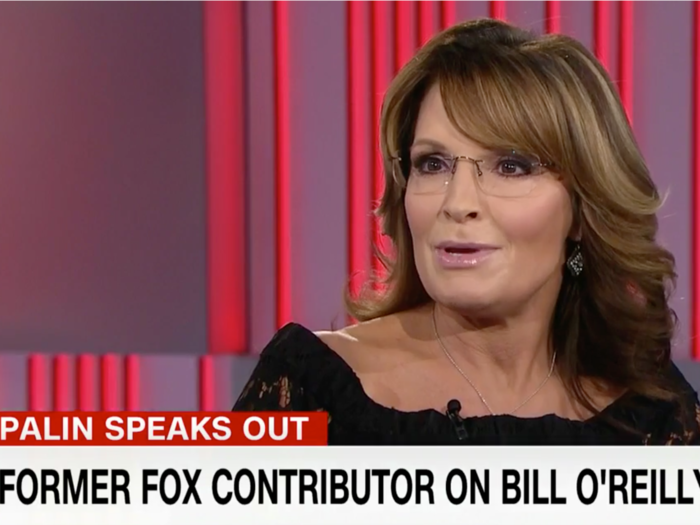
In 2013, she got a sizable pay-cut, going from $1 million a year between 2009 and 2012, to $250,000 a year.
Then, in 2015, her contract wasn't renewed.
There were a few reasons why Fox News dropped Palin. She was no longer as popular as she had been, but also the political climate had changed. It was a sign that the network was edging a little closer to the center.
Palin went on to start her own media organization.
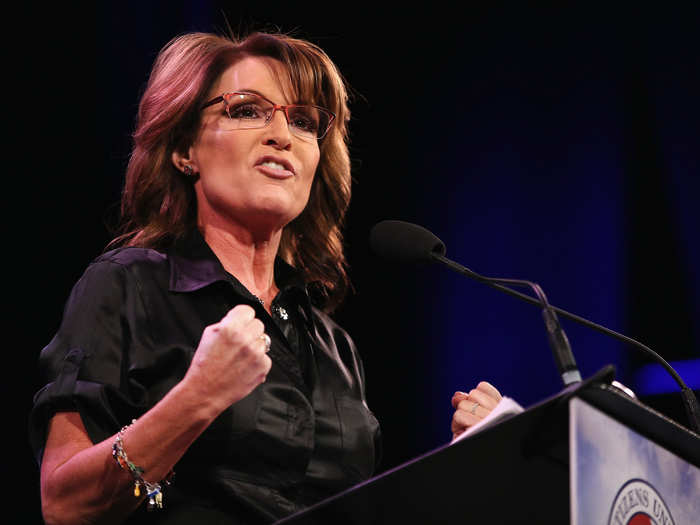
In 2014, Palin started "The Sarah Palin channel." Her aim was to provide a direct link between her and her supporters, with "no need to please the powers-that-be," NBC News reported.
Palin wasn't the only one trying to create a substitute to Fox News. Nor was she the first. A variety of alternatives were entering the right-wing media space, including Blaze, launched by former Fox News host Glen Beck, One America News Network which was launched in in 2013, as well as Breitbart News, and CRTV.
But none of these alternatives were big enough to pose a feasible threat to Fox News. While other mainstream alternatives were reluctant to take the network on, because entering the competition was expensive. No other company in the industry had the same resources as Rupert Murdoch's empire.
Another possible reason was that public companies didn't want the controversy of producing conservative news.
Across the divide, despite Zucker's changes, CNN's viewers were down to 515,000 in the primetime slot in 2014. Even if it was sitting higher than MSNBC it was even less than its 2010 low of 564,000.
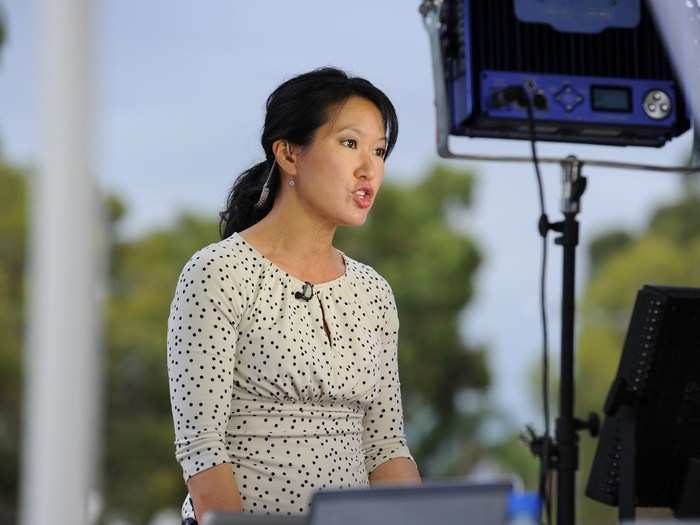
According to Mediaite, CNN's ratings were lower than ever before.
Although, one story the network really honed in on was the disappearance of Malaysia Airlines Flight 370. CNN's coverage even briefly pushed it past Fox News for a few hours. But CNN was also criticized for exploiting the story, especially anchor Don Lemon's use of a toy plane to illustrate a point.
In 2015, CNN's news judgment was mocked for choosing to cover the White House Correspondent's dinner over protests for Freddie Gray, a black man who died while being held by police.

It was also — and not for the last time — criticized for giving so much attention to then-Republican candidate Donald Trump.
In 2015, Fox News saw a glimmer of the future when Megyn Kelly grilled Trump over his past sexist comments. Trump responded by refusing to go back on Fox News.
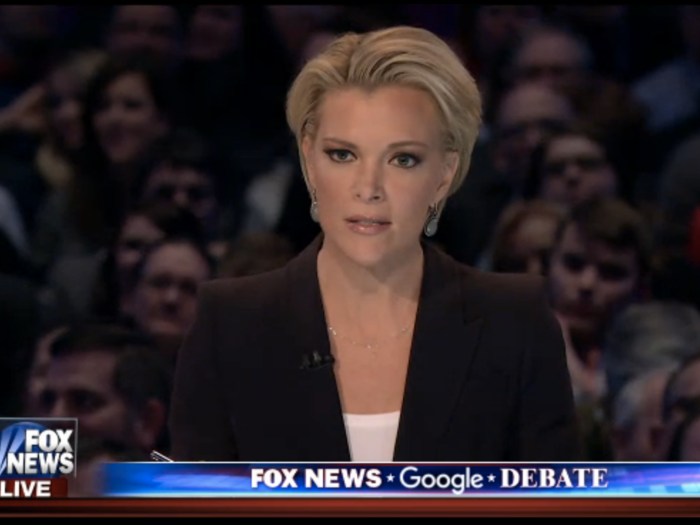
He showed how much power he had over the network when he refused to give in.
Ailes was forced to side with Trump over Kelly, and Ailes had to call him and apologize.
Fox News' management also reportedly killed a story about Trump's alleged affair with porn star Stormy Daniels, because Murdoch wanted Trump to win.
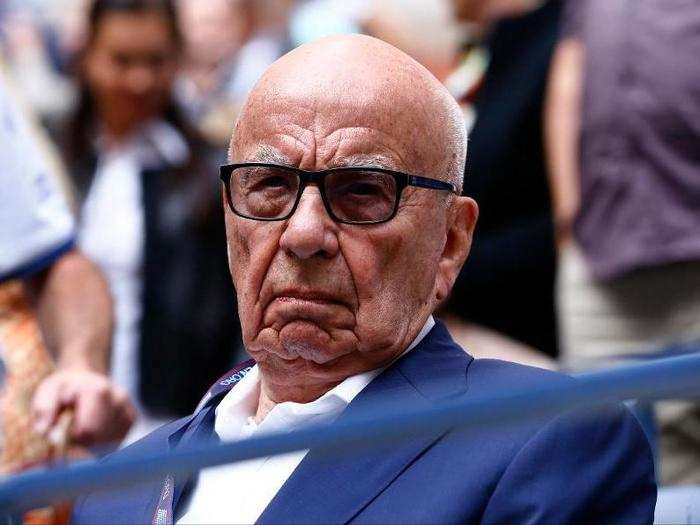
The story of the alleged affair was later broken by the Wall Street Journal, another part of Murdoch's media empire.
Then in 2016, Trump was elected president.
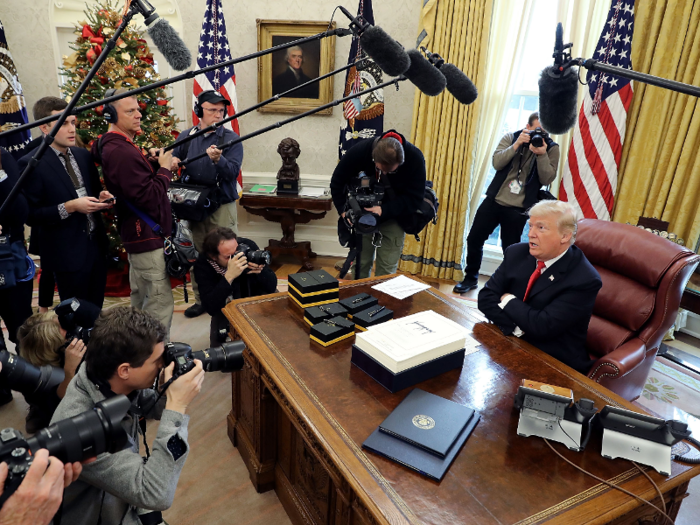
It was a tectonic moment for both networks.
For CNN, it spurred soul-searching about the network's wall-to-wall coverage of the president and whether it excluded certain political voices.
For Fox News, it meant the network's audience — and conservative base — would be tethered to Trump for at least four more years.
For CNN, Trump provided a focus for all of its breaking news talent.

Although Trump refused to give CNN an interview, denouncing it as "fake news," 2016 was CNN's most profitable year ever. Its daytime audience rose by 50%, and its prime-time audience by 70%.
Yet CNN was heavily criticized for being one of the first major news outlets to give Trump a platform.
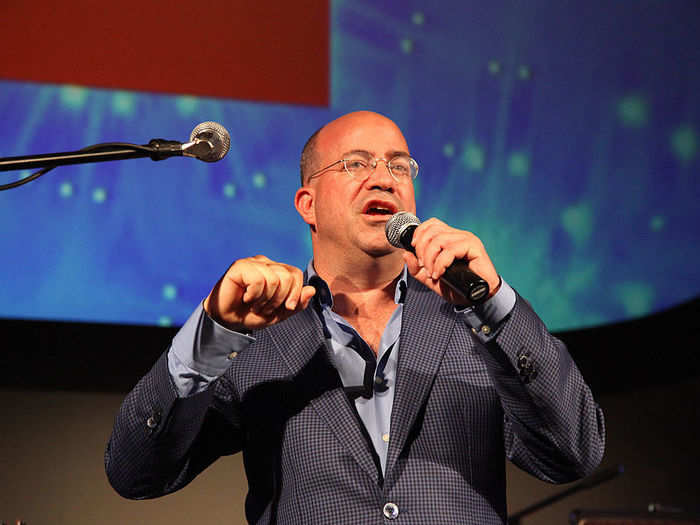
After he won, Zucker apologized for airing so many of his rallies in the lead up to the election.
"We're not pro-Trump and we're not anti-Trump — we're pro-truth," he said to the Los Angeles Times. "And I understand that pro-truth in this day and age can come off as anti-Trump."
For Fox, it started as a mutually-beneficial relationship.

For the first two years of Trump's term, the network amplified his presidency. And Trump tweeted out Fox's coverage, creating a feedback loop that saturated right-wing media.
Trump publicly talked about how often he watched Fox News, and he was happy to appear on it. By March 2019, he had appeared on Fox News 44 times.
Fox News and Trump seemed to be intertwined, and any claim that it wasn't "mainstream media" was hard to swallow, considering its popularity and its positioning close to the president.
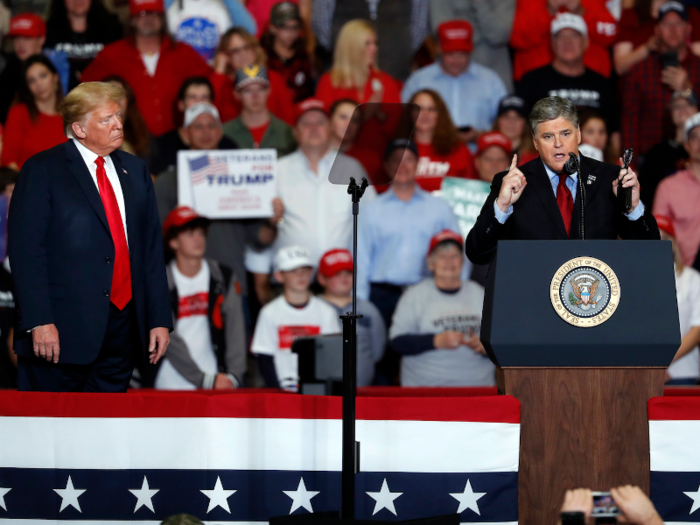
Going into the election, 19% of American voters called Fox News their primary news source, according to Pew Research. CNN was second, at 8%.
And after the election, in 2017, the White House briefing room placed Fox News' correspondent in the front row, sitting between CBS News and NBC News, which makes it difficult hard to argue that it wasn't mainstream.
Nicole Hemmer, an assistant professor of Presidential studies at the University of Virginia's Miller Center, told The New Yorker it was the closest America has come to having state TV.
While Jane Mayer, who wrote The New Yorker piece, showed in an investigation that while it wasn't state television, Fox News was increasingly pulling Trump challengers from the airwaves.
The comparison wasn't helped with anchor Sean Hannity. At one point, he was reportedly speaking to Trump every night, keeping communications open, and their connection close. Hannity also speak on his behalf at a campaign rally, and the Washington Post called Hannity "the deputy chief of staff."
The changes were made even starker with the departure of Ailes.
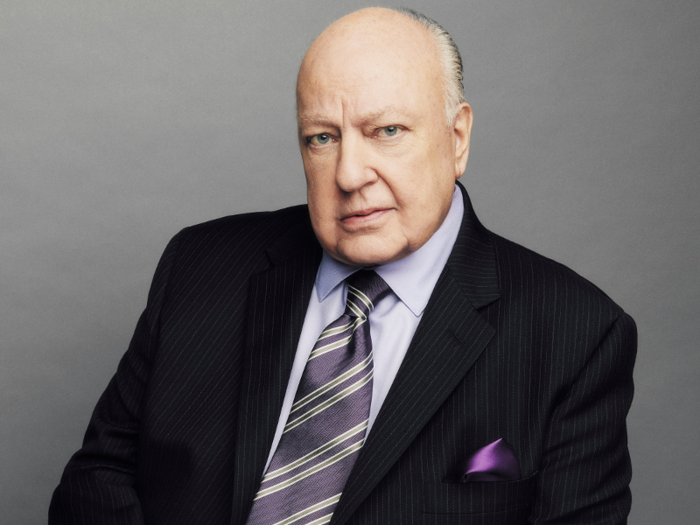
Ailes was forced to step down in 2016, due to allegations of long-term sexual harassment. He'd long been the target for Fox News' dissenters. But with him gone, there seemed to be a void of direction, which Trump coverage filled.
Former Fox News contributor Bill Kristol told The New Yorker the network had become more propagandistic.
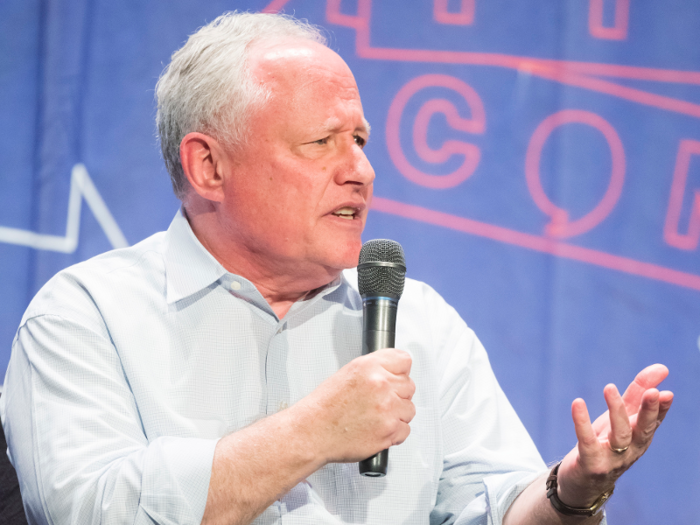
"Before, it was conservative, but it wasn't crazy. Now it's just propaganda," he said. While The Washington Post columnist Jennifer Rubin said, "It's simply a mouthpiece for the President, repeating what the President says, no matter how false or contradictory."
Things continued to change for Fox News in 2017. Megan Kelly and Bill O'Reilly were out of the network.

In January 2017, Megyn Kelly, Ailes' hope for the future of Fox News, moved to NBC.
A few months later, Bill O'Reilly was forced out, after it was made public the network had spent $13 million to settle sexual misconduct claims made against him.
A revolving door between Trump's administration and Fox News became more and more pronounced.
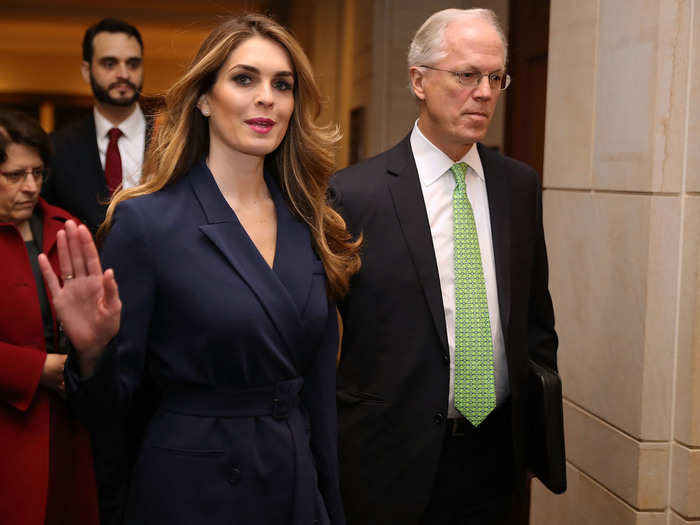
More than twenty people have gone between Fox News and Trump's organization, Business Insider's Grace Panetta reported.
The list of those who went from working in the White House to Fox News included White House Press Secretary Sarah Huckabee Sanders, communications director Hope Hicks, and former ICE Director Thomas Homan.
One key figure who helped keep the revolving door spinning was former Fox News executive Bill Shine, who was Trump's director of communications for eight months.
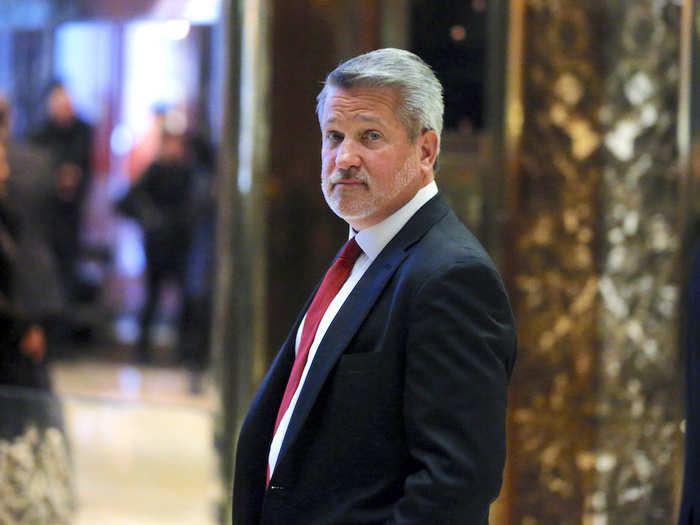
Shine was Roger Ailes' deputy or protege, and used to be Hannity's producer, before working his way up.
Mayer said Hannity had put Shine in the White House, after introducing the pair, arranging a dinner, and pushing for it to happen. "So Sean Hannity has managed to get his best friend, a former president of Fox News, in the position that's incredibly useful to reporters, which is director of communication."
The list of people who went from Fox News to the White House included, Heather Nauret who went from anchoring "Fox & Friends," to the Trump administration. John Bolton, a long-time contributor to Fox News, before becoming Trump's National Security Advisor.
There's also Anthony Scaramucci, who lasted 10 days as White House communications director, after working as a Fox Business analyst.
Across the way, CNN was hiring more Trump supporters to defend Trump's views.
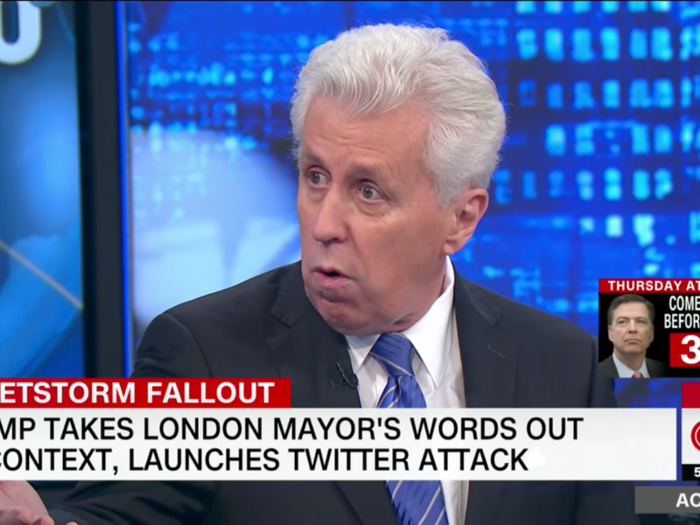
The network was trying to provide political diversity or "villains" to parry with its "heroes." But it often backfired.
CNN's had to fire multiple Trump-friendly commentators after they said or did controversial things. In 2017, Jeffrey Lord was fired for tweeting "Sieg Heil." Ed Martin, a Trump-supporting talk show host, was fired for calling other CNN contributors "black racists," and "rabid feminists."
According to Politico, what made the job so difficult to keep was that the position, "must be filled by somebody close to the president who is willing to repeat, amplify and explain the racist, insulting, inflammatory and conspiratorial things the president says on a daily basis."
In 2017, the networks clashed when Fox News distorted comments made by CNN host Jake Tapper.
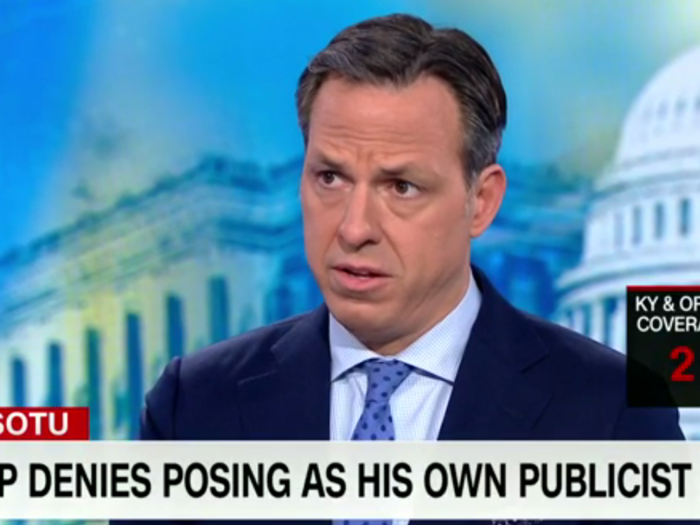
After a terror attack in New York where the attacker reportedly yelled out "Allahu akbar," Tapper said the phrase could be "beautiful."
Fox's website called Tapper's comment "outrageous," even as Tapper pointed out that the phrase is used on occasions like weddings.
Tapper didn't refrain from hitting back at Fox News. He said the network was following the "slime-coated path" of outlets like Infowars.
This clash between networks was becoming intense.
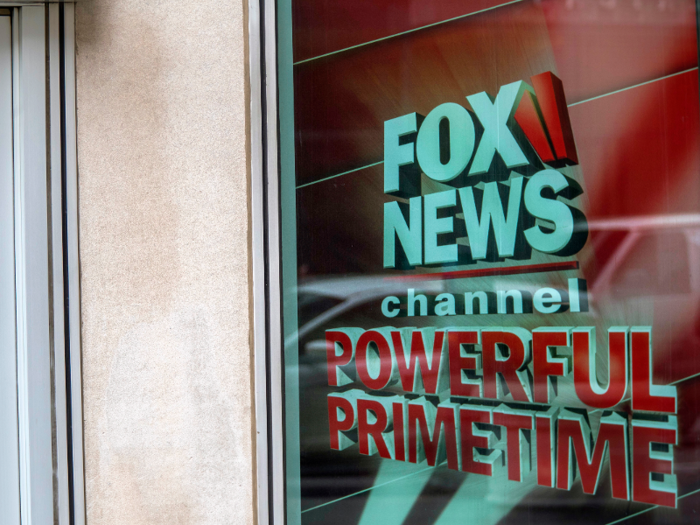
According to The Washington Post, the two networks were attacking each other, turning its competitor's mistakes, ratings, and missteps into news stories, which while not unheard of, was reaching a new intensity in the Trump era. It was a sign of how polarized the two networks' had become.
These clashes showed that CNN was no longer defining itself by sitting in the middle of the political spectrum.
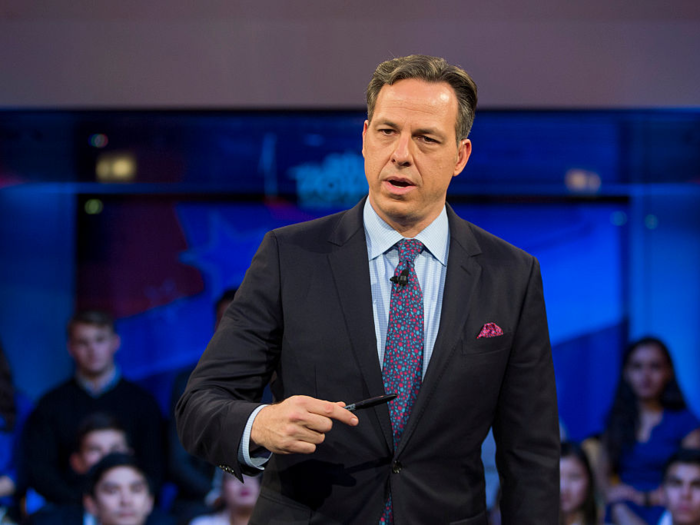
University of Southern California's Annenberg School of Communication's professor Gabriel Kahn told The Washington Post CNN was defining its audience by saying what it was not. Unlike Fox News, CNN wanted to make sure it wasn't seen as a partisan media outlet.
Fox News didn't just attack CNN. It effectively attacked all media that didn't have a right-wing bias.
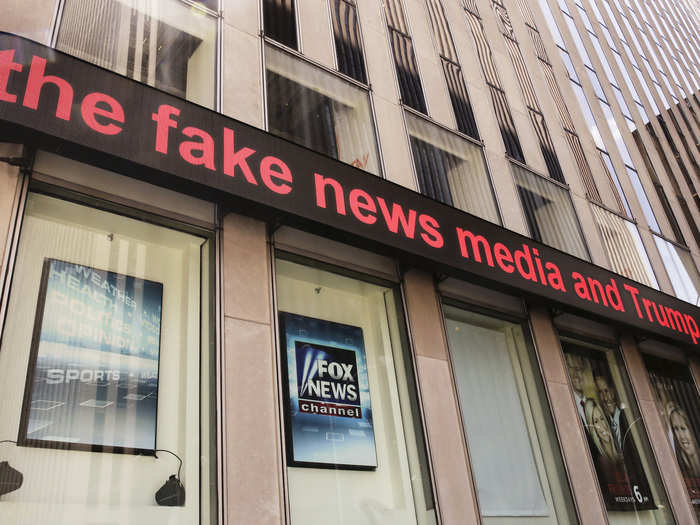
As Kelefa Sanneh wrote for The New Yorker, "By criticizing the 'liberal' media, Fox News set the bait; any outlet that tried to rebut this criticism was, in a twisted way, corroborating it."
And in doing this — despite losing Ailes, Kelly, and O'Reilly — Fox News continued to thrive.
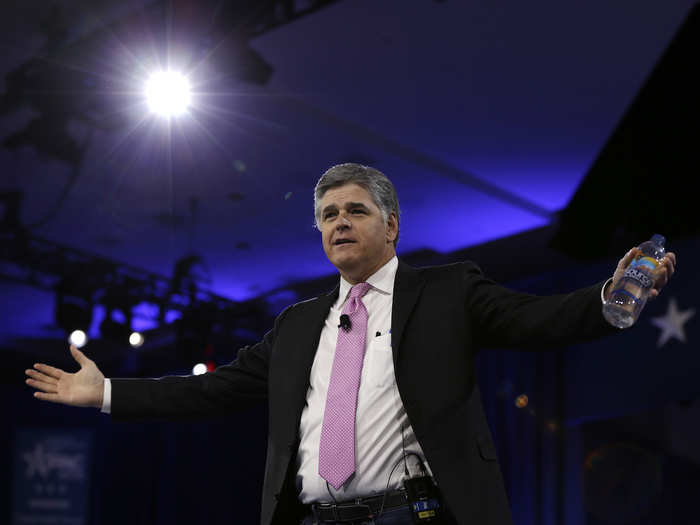
In 2018, the network was bringing in about 2.4 million primetime viewers every night.
Anchors like Tucker Carlson and Sean Hannity led the way, stirring the pot. Hannity often called CNN "fake news" and said it suffered from TDS, which stands for Trump Derangement Syndrome.
But in 2019, Trump's relationship with Fox News began to sour.

The network was having what Vanity Fair called a "Trump identity crisis," with the president beginning to tweet that it was time to find a new news outlet because Fox News wasn't working for "us" anymore, in reference to a Fox poll that said 51% of viewers wanted him impeached.
Instead, he was reportedly looking at smaller, more radical sites, like Brietbart and One America News Network.
Even Carlson, a stalwart Trump supporter, criticized Trump for pressuring Ukraine's president to interfere in the 2020 elections.
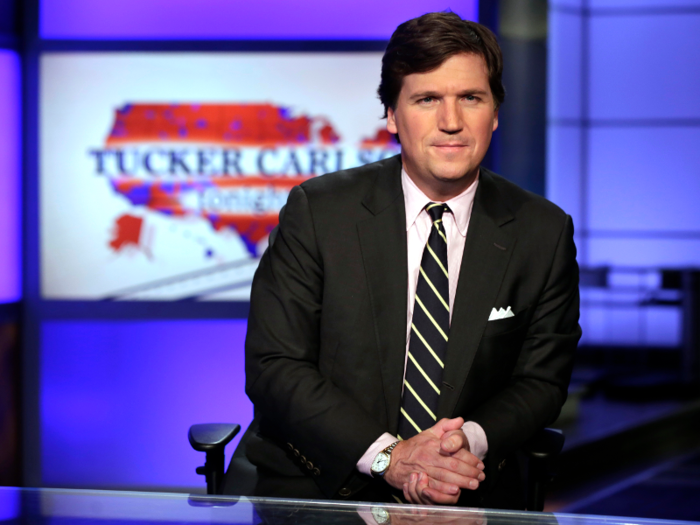
An opinion piece he wrote, began, "Donald Trump should not have been on the phone with a foreign head of state encouraging another country to investigate his political opponent, Joe Biden. Some Republicans are trying, but there's no way to spin this as a good idea."
In October 2019, Shepard Smith resigned, and the network's news focus seemed even more precarious.

According to those inside the network, his departure was because he was sick of being attacked by Trump and his colleagues since he refused to bend to the whims of the president.
But with Smith gone, Fox News' ability to argue that it produced unbiased coverage, alongside its opinion shows, was substantially weakened.
One Fox News staffer told The Daily Beast, "There's no room for news here anymore."
Changes at CNN had become more noticeable, too.

In 2019, Emily Tamkin wrote for Columbia Journalism Review, "It's just that what is mostly reflected on the screen—especially during prime time—seems to be less news reporting, more punditry, more round tables, more horse-race politics, more talking heads, more interviews and interviewees yelling at each other, more that makes the news more confusing for the viewer (or at least for this viewer)."
By October 2019, CNN had settled into third place for viewers, falling behind Fox News and MSNBC for the 10th quarter in a row.
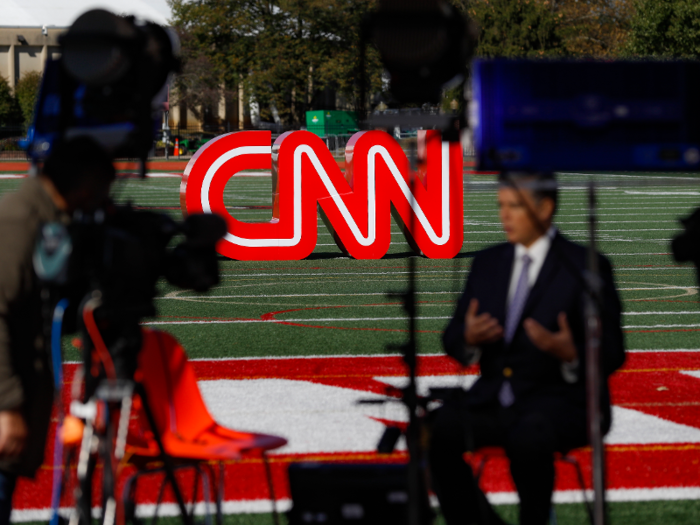
It hadn't found a way to beat Fox News.
Even so, going forward, it won't be picking up viewers by repeating its 2016 presidential coverage in 2020.
According to Zucker, this time it won't be airing any live and uncut political rallies.
CNN also put on 20 of its own events to debate issues.
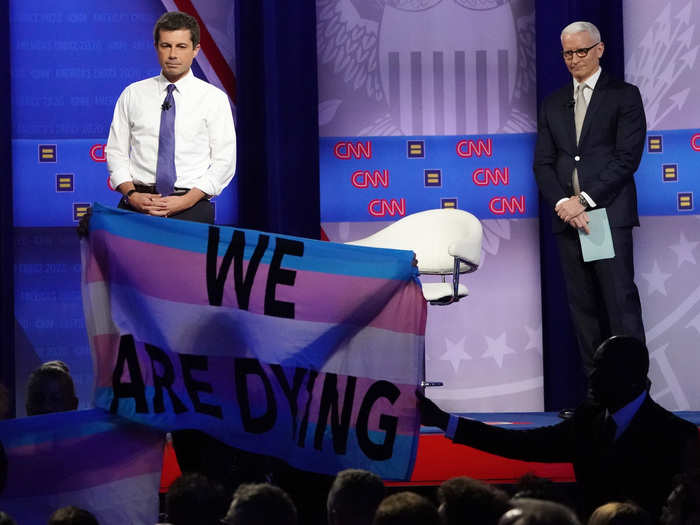
That way, the network could spread around coverage between the candidates and wouldn't seem like it supported a particular one.
After 2020, Zucker told the Washington Post, he wanted CNN "to be a big and important part of the conversation."

"I want us to make sure that we're telling the full and complete story so that no one wakes up the day after the election and is surprised by whatever happens," he said.
While for Fox News, Lachlan Murdoch, Rupert Murdoch's son and Fox Corp's CEO, is reportedly already looking at a future after Trump.
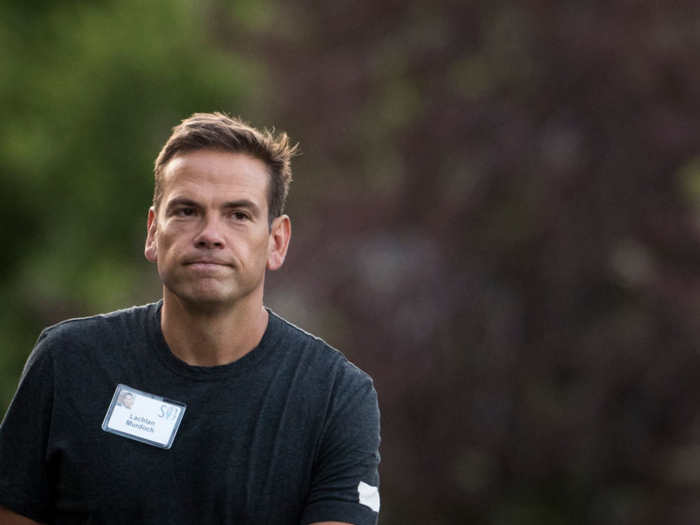
But since the network is bringing in $2.7 billion a year, and has the best ratings in cable news, it's unlikely much will change right away.
Popular Right Now
Popular Keywords
Advertisement